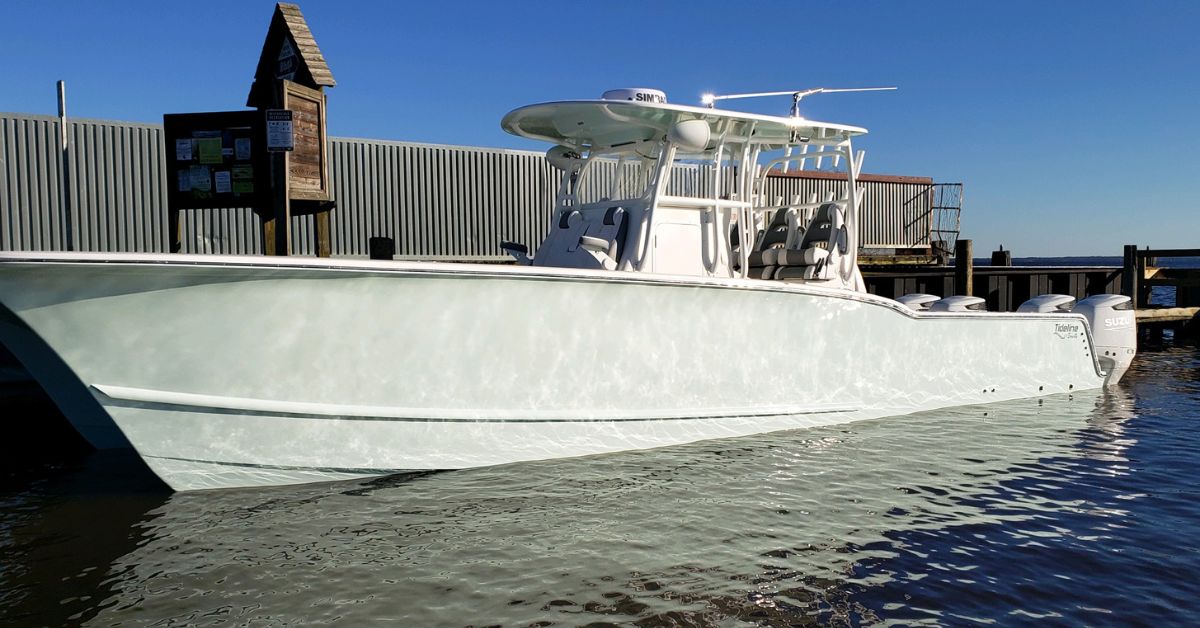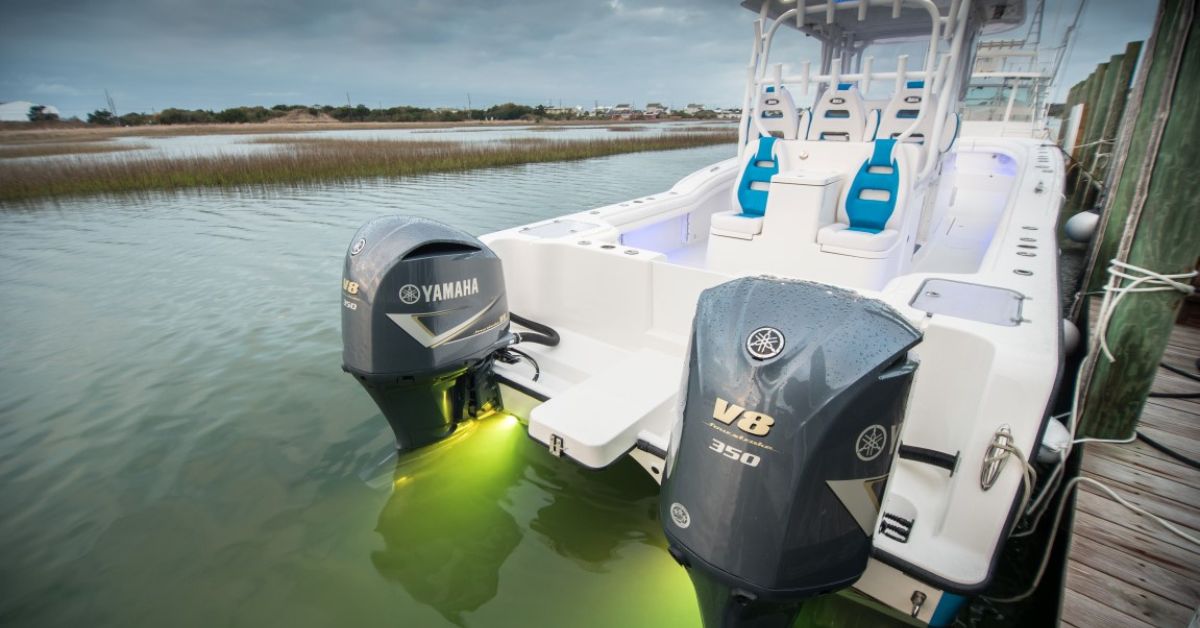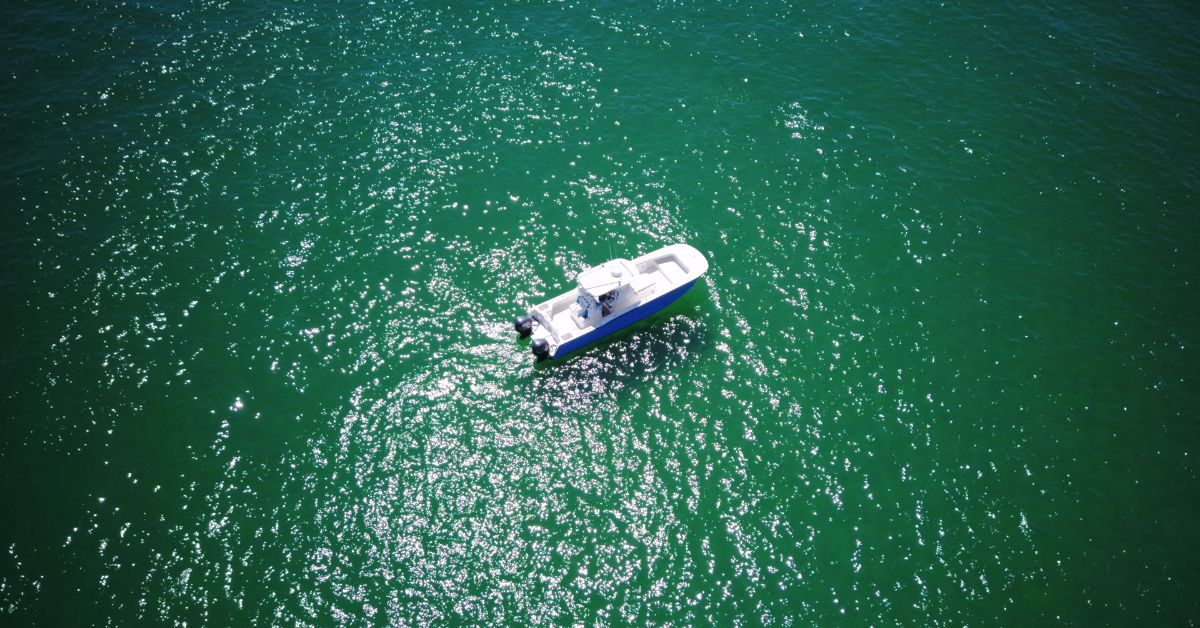
Buying your first boat is an exciting milestone, offering the promise of relaxing weekends on the water, unforgettable fishing trips, and the freedom to explore coastal waters at your own pace. However, the journey from dreaming about boat ownership to making a smart purchase is not without its challenges. Without proper preparation, what begins as an exciting adventure can quickly turn into a costly mistake.
The boat-buying process differs significantly from purchasing a car or other major assets. Boats require specialized knowledge about marine systems, weather conditions, and ongoing maintenance requirements that many first-time buyers underestimate. By understanding common mistakes to avoid when buying your first boat, you can navigate the process with confidence and find a vessel that truly meets your needs.
Mistake 1: Neglecting Research
Many first-time boat buyers fall in love with the first vessel they see, rushing into a purchase without understanding what they actually need. This emotional approach often leads to buying the wrong type of boat for their intended use, resulting in disappointment and financial loss.
Different boats serve different purposes, and understanding these distinctions is crucial for making the right choice. Fishing enthusiasts need different features than those seeking family recreation, while offshore adventures require capabilities that differ significantly from calm lake cruising. Taking time to research boat types, engine options, and brand reputations can save you thousands of dollars and years of frustration.
Mistake 2: Ignoring the Budget
The sticker price is only the beginning of your financial commitment to boat ownership. Many new buyers focus solely on the purchase price without considering the ongoing costs that can quickly escalate beyond their comfort zone.
Beyond the initial investment, boat ownership involves insurance premiums, registration fees, fuel costs, maintenance expenses, winterization services, and storage fees. These recurring costs can easily add up to 10–20 percent of your boat’s value annually. Create a comprehensive budget that accounts for both the purchase price and at least two years of operating expenses. This ensures you can afford to buy the boat and actually enjoy using it.

Mistake 3: Skipping the Inspection
Boats operate in harsh marine environments where salt water, sun, and constant motion create unique wear patterns that aren’t immediately visible to untrained eyes. Skipping a professional marine survey can result in purchasing a boat with hidden structural damage, engine problems, or electrical issues that cost thousands to repair.
A qualified marine surveyor examines the hull, engine, electrical systems, and safety equipment to identify potential problems before they become your responsibility. While a survey adds to your upfront costs, it often saves money by revealing issues that you can negotiate as part of the final price. It’s also a helpful way to identify boats that you should avoid entirely. Think of the inspection as insurance against costly surprises that could derail your boating plans.
Mistake 4: Overlooking Insurance
Boat insurance requirements vary significantly from auto insurance, and many new owners discover too late that their coverage doesn’t match their needs or usage patterns. Some buyers assume their homeowner’s policy covers their boat, only to find out after an incident that their coverage is inadequate.
Marine insurance policies offer different types of coverage, including agreed value versus actual cash value, which affects the claim settlement process. Additionally, your insurance needs depend on where you boat, how often you use it, and whether you need coverage for fishing gear, water sports equipment, or other personal property. Research insurance options early in your boat-buying process to factor these costs into your budget and ensure you have appropriate protection from day one.
Mistake 5: Not Considering Storage
Storage is one of the most overlooked aspects of boat ownership, yet it significantly impacts both your budget and your ability to use your boat regularly. Many buyers expect affordable storage near their home or boating spots, only to find marina slips have long waitlists or winter storage is pricier than expected.
Storage options include marina slips, dry storage facilities, at-home trailer storage, and seasonal outdoor storage yards. Each option has different costs, convenience factors, and security considerations.
Marina slips provide the ultimate convenience but command premium prices in popular boating areas. Trailer storage offers flexibility and lower costs but requires a suitable vehicle and storage space at your property. Research storage availability and costs in your area before making a purchase.
Mistake 6: Avoiding a Sea Trial
A sea trial is your opportunity to evaluate how the boat performs on the water under real conditions. However, many buyers skip this crucial step due to time constraints or seller reluctance. This mistake can lead to discovering performance issues, handling problems, or mechanical concerns only after you own the boat.
During a sea trial, you can assess engine performance, steering responsiveness, stability in different conditions, and how all systems function together. Pay attention to how the boat handles at different speeds, how it rides in choppy water, and whether any unusual noises or vibrations suggest mechanical problems. A proper sea trial should include testing all electronic systems, checking that the engine reaches appropriate operating temperature, and confirming that safety equipment functions properly.

Mistake 7: Failing To Get Training
One of the most dangerous mistakes a new boat owner can make is assuming that operating a boat is intuitive. Boating requires specific knowledge and skills. Failing to get proper training puts you and your passengers at risk and endangers others on the water. Many states require a boating safety certificate, but even if it’s not mandatory in your area, completing a course is highly recommended.
Boating education courses cover the rules of the water, navigation, and emergency procedures. They provide the foundational knowledge needed to be a responsible operator. Hands-on training is also invaluable for learning how to dock, anchor, and handle your specific vessel in various conditions. Investing in your education is an investment in safety and will make you a more confident and competent captain.
Make Your First Boat Purchase Count
By understanding the mistakes to avoid when buying your first boat, you can make an informed decision that leads to years of enjoyment on the water. Take time to research thoroughly, budget comprehensively, and inspect carefully before making your purchase.
When you’re ready to explore your options, consider manufacturers who specialize in building boats for specific purposes. Tideline Boats creates custom-built, high-performance catamaran fishing boats designed for serious anglers who demand superior stability, fuel efficiency, and fishing capabilities.
As a center console boat manufacturer, we offer the perfect platform for boaters who want a reliable, well-engineered vessel that performs exceptionally in a variety of conditions. Schedule a sea trial today to experience the difference for yourself!

